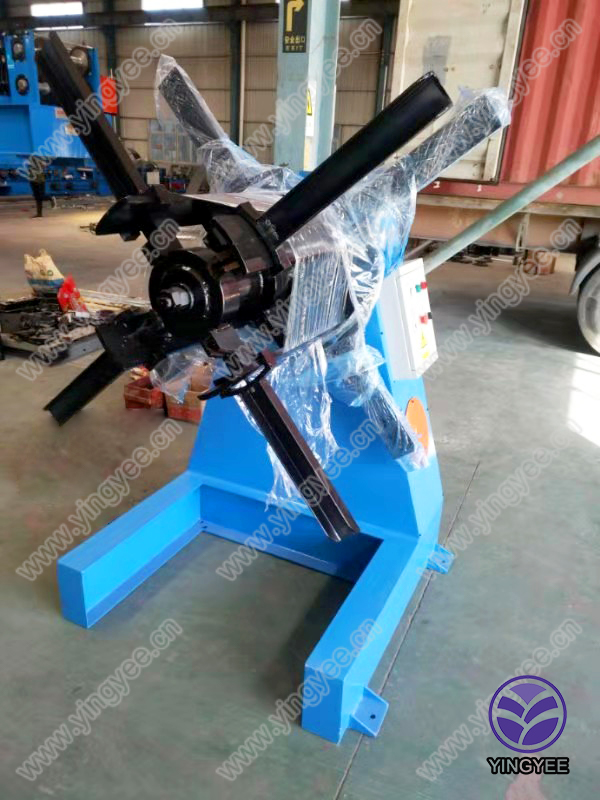
Understanding Gutter Problems with Portable Seamless Rollforming Machines
In the world of construction and roofing, seamless gutters are essential for efficient water drainage and protection from leaks. Portable seamless rollforming machines have revolutionized the way gutters are manufactured and installed, offering numerous advantages such as on-site production and custom lengths. However, with these innovations come certain challenges, particularly with gutter problems that can arise during the manufacturing and installation processes.
One primary issue associated with portable seamless rollforming machines is the potential for material imperfections. These machines rely on coils of aluminum or steel, which must be of high quality for optimal performance. If the raw material contains defects such as ripples or irregular thickness, this can lead to structural weaknesses in the finished gutter. As the machine rolls and forms the material into the desired shape, any inconsistencies can manifest as bends or deformations in the gutter itself, which may compromise their ability to effectively channel water.
Another common problem involves the calibration and setup of the rollforming machine. Ensuring that the machine is aligned and calibrated correctly is crucial for producing seamless gutters that fit properly. An improperly set-up machine can lead to variations in the dimensions of the gutters, which may result in gaps when installed. These gaps can become sites for water leaks, undermining the purpose of the gutter system. Regular maintenance and inspections of the machinery can mitigate these issues, ensuring accuracy and consistency in production.

The portability of these rollforming machines, while advantageous, also presents unique challenges. Operating on various job sites may expose the machine to different environmental conditions, such as varying temperatures and humidity levels. These factors can affect the material properties and, consequently, the final product. For example, cold temperatures can lead to brittleness in the metals being used, making them more susceptible to cracking during installation. On the other hand, excessive heat can cause warping. Thus, contractors must be aware of the local climate and material properties to avoid issues.
Another calculated consideration is the installation process itself. Even with perfectly formed gutters, the method of installation can introduce problems. Seamless gutters require proper pitch to ensure efficient drainage. If installed incorrectly, water can pool in certain areas, leading to overflow and potential damage to the structure. Additionally, incorrect attachment to the fascia or improper sealing can lead to leaks, which defeat the purpose of these gutters. Training and experience in both using the rollforming machine and performing installations are key to minimizing these problems.
Furthermore, the handling and transportation of newly formed gutters pose additional risks. Seamless gutters can be long and unwieldy, making them prone to bending or damage during transport. Contractors must ensure that these gutters are adequately supported and secured during transportation to prevent deformation.
In summary, while portable seamless rollforming machines are a game-changer in the production of gutters, they do come with their fair share of issues. Material imperfections, calibration problems, environmental impacts, installation technique, and transportation can all contribute to potential gutter problems. To mitigate these risks, it is crucial for contractors to invest in training, routine maintenance, and precise attention to the manufacturing and installation processes. By doing so, they can ensure that their seamless gutter systems function effectively, providing the reliable water drainage we depend on to protect our homes and buildings. With the right practices in place, the advantages of using portable seamless rollforming machines can far outweigh the challenges, leading to successful and enduring gutter solutions.